Exploring the Latest Innovations in Respiratory Protective Equipment
What are the key advancements shaping the respiratory protective equipment market?
The respiratory protective equipment (RPE) market is undergoing significant transformation, driven by the integration of advanced technologies and increased demand for protective solutions. The emergence of smart masks equipped with sensors to monitor air quality and breathing patterns is one of the most notable advancements. These innovations, championed by companies like Honeywell International Inc. and 3M Company, incorporate Bluetooth connectivity, allowing real-time health data transmission to mobile devices.
Another breakthrough is the use of lightweight and durable materials, such as electrospun nanofibers, which offer enhanced filtration efficiency without compromising comfort. Uvex Safety Group and Drägerwerk AG & Co. KGaA are at the forefront of this innovation, focusing on user-friendly designs tailored for extended use in industrial and healthcare settings.
How is sustainability influencing the development of respiratory protective equipment?
Sustainability is a key driver in the RPE market. Manufacturers like Kimberly-Clark Corporation and Shanghai Dasheng Group Co., Ltd. are adopting eco-friendly production processes, including biodegradable materials and energy-efficient manufacturing techniques. Reusable masks with replaceable filters are gaining traction, reducing waste compared to disposable alternatives.
Additionally, MSA Safety Incorporated has introduced modular designs allowing components to be replaced individually, further minimizing environmental impact. These efforts align with the growing global emphasis on sustainable practices across industries.
Which sectors are driving the demand for respiratory protective equipment?
The demand for RPE spans multiple sectors, with healthcare and industrial applications leading the charge. The ongoing need for protection against airborne pathogens in medical environments has increased the adoption of advanced masks, particularly those meeting stringent N95 or FFP3 standards.
In industrial settings, RPE is vital for safeguarding workers against harmful dust, fumes, and gases. Companies like Radians, Inc. and Avon Protection Systems Ltd. provide specialized solutions for hazardous environments, including mining, construction, and chemical processing.
How are companies addressing regional challenges in the RPE market?
Regional differences in regulations and air quality standards significantly impact the RPE market. North America and Europe emphasize compliance with OSHA and EN standards, respectively, while Asia-Pacific faces challenges related to high pollution levels and limited access to premium protective gear.
Leading players, such as JSP Limited and Aearo Technologies LLC, are tailoring their products to meet these diverse regional requirements. For instance, the Asia-Pacific market sees a high demand for cost-effective yet reliable options, which has prompted companies to innovate without significantly increasing costs.
What does the future hold for respiratory protective equipment?
The future of RPE lies in personalization and digital integration. Wearable technology, augmented reality, and AI-powered diagnostics are expected to revolutionize the market. Companies like Alpha Pro Tech Ltd. and Moldex-Metric, Inc. are exploring opportunities to integrate these technologies into their offerings, enhancing safety and convenience for users.
Moreover, the global push for pandemic preparedness has underscored the importance of robust supply chains. Investments in localized manufacturing and stockpiling strategies are likely to increase, ensuring rapid response capabilities during emergencies.
For more information visit at MarketResearchFuture
Other Trending Reports
Hepatorenal Syndrome Treatment Market



